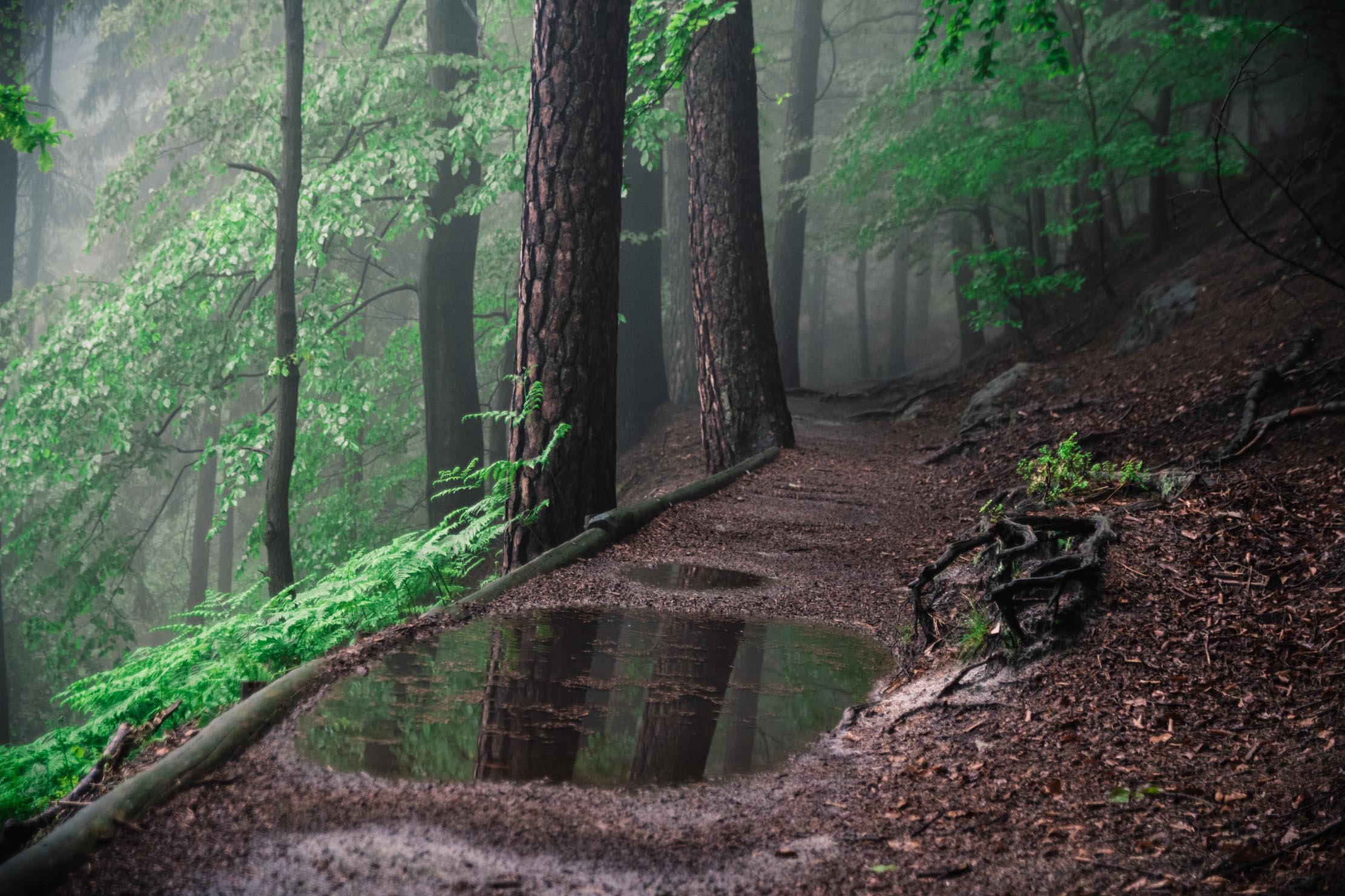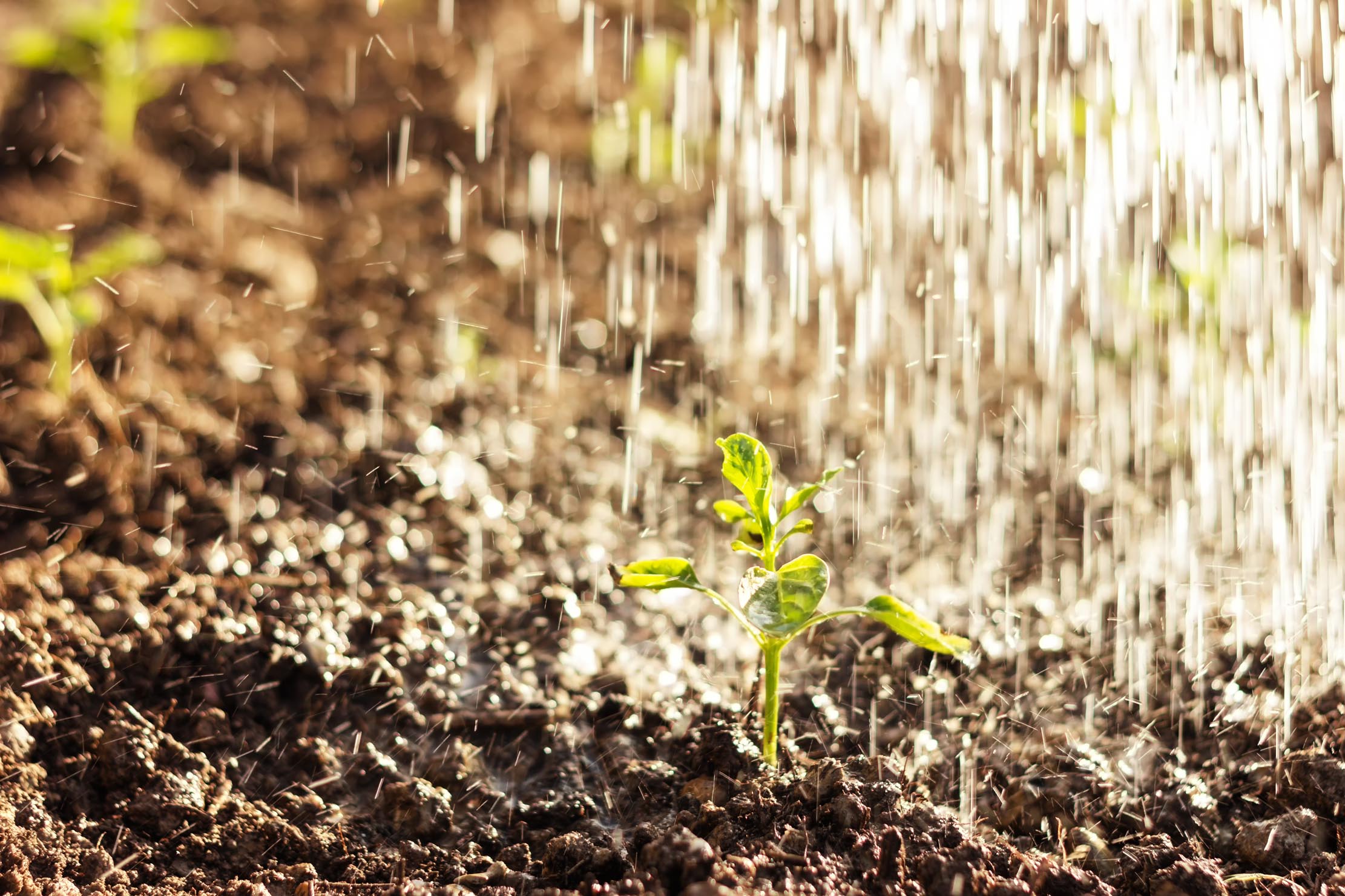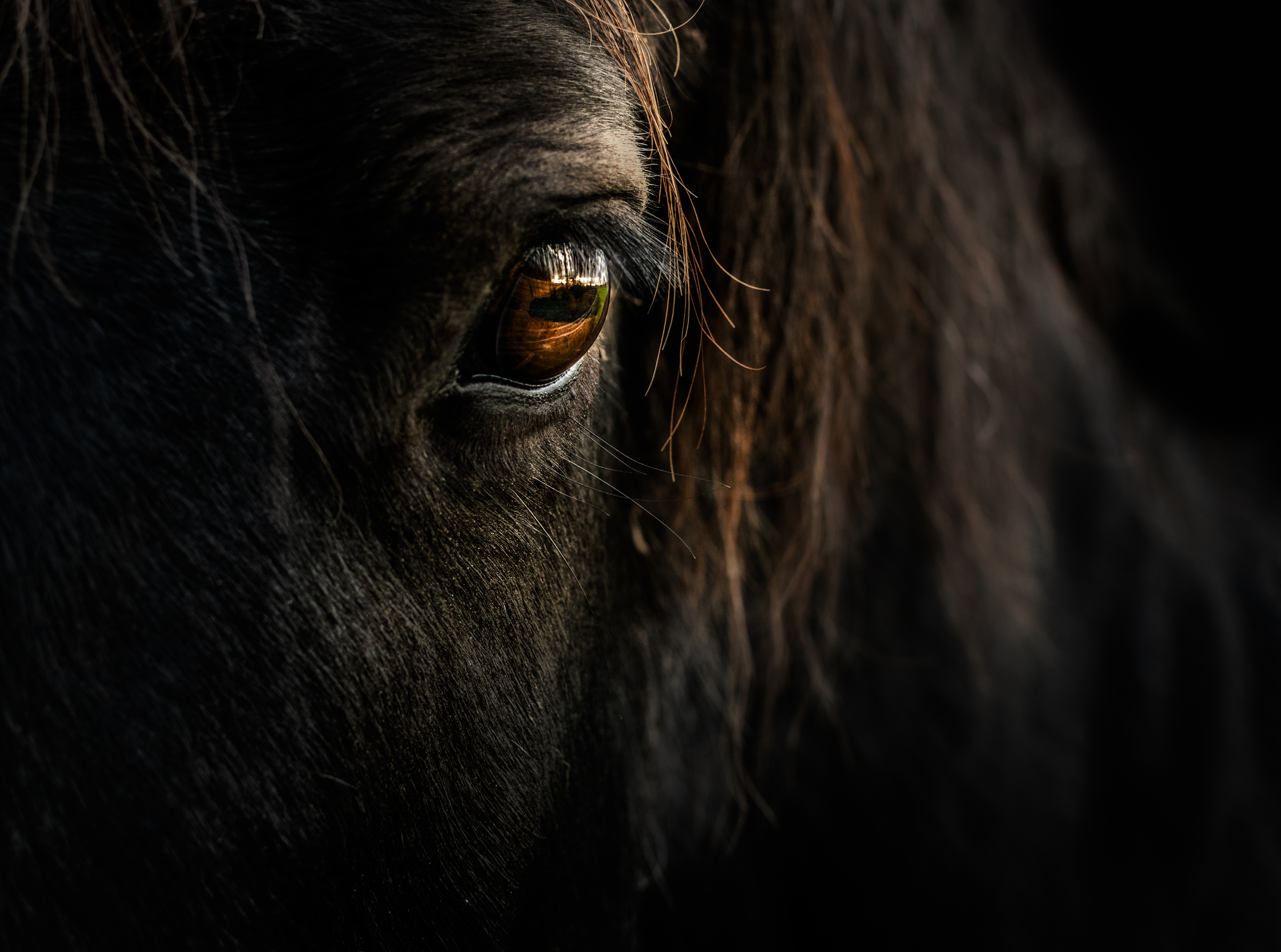Curious Question: Why does the air smell so good after it's been raining?
That wonderful scent in the air when the rain stops falling has entranced people since the dawn of time — but what causes it? Martin Fone investigates.


‘Scent of earth, sweet with the evening rain’, wrote Edith and Saretta Nesbit in All Round The Year (1888). A spell of fine, dry weather was suddenly punctuated by a short, sharp burst of rain. As I walked in the garden, I was conscious of an intensely earthy, fresh, almost sweet aroma, as if the shower had woken the earth and the plants from their slumbers and they were rejoicing by giving off this distinctive fragrance.
It is one of the most evocative and invigorating smells of summer — and so alluring is it that you can even buy it in a bottle.
For several generations enterprising perfumiers in Kannauj in India’s Uttar Pradesh have captured and absorbed the scent in sandalwood oil in a process which takes around fifteen days to complete. Having baked clay in a kiln, they immerse it in water held in copper cauldrons called degs, sealed with earth. A cow dung fire is lit under the cauldron and the resultant vapour travels through bamboo pipes to condense in receivers, over a base of oil, to form what they call matti ka attar or ‘earth perfume’, an essence released by the interaction between earth and water. It is used as a perfume, in air fresheners and, because of its soothing properties, in aromatherapy.

Although James Joyce did not seem the sort of chap who would splash a bit of perfume behind his ears, he too recognised that the fresh smell after a shower of rain was due to some reaction with the earth. In 1916, he wrote in A Portrait of the Artist as a Young Man, how ‘the trees in Stephen’s Green were fragrant of rain and the rain-sodden earth gave forth its mortal odour, a faint incense rising upward through the mould from many hearts’. Curiously though, it took scientists until 1964 to understand quite what was going on.
That many dry clays and soils gave off a peculiar and characteristic odour when moistened with water was a phenomenon recognised in all standard mineralogy textbooks at the time, but Joy Bear and Richard Thomas, working for the CSIRO Division of Mineral Chemistry in Melbourne, were intrigued to understand why and how. They set about steam distilling rocks that had been exposed to warm, dry conditions.
What they found, and documented in their ground-breaking paper, Nature of Argillaceous Odour (Nature, March 7, 1964), was a yellowish oil trapped in the rocks. It took an interaction with moisture to release it. For want of a better word, they called the oil petrichor, a compound word made from two Greek words, petra, meaning rock, and ichor, which, in mythology, was used to describe the ethereal fluid which flowed through the veins of the gods instead of blood.
Even a modest increase in humidity is sufficient to fill the pores in rocks and soil with tiny amounts of water, which flush out the oil and release the petrichor into the air. When it begins to rain, the process is accelerated, and the wind helps to disperse the aroma.
Exquisite houses, the beauty of Nature, and how to get the most from your life, straight to your inbox.
"They discovered that on impact raindrops started to flatten, trapping tiny air bubbles. These bubbles then shot upwards, rather like in a glass of champagne, pushing through the surface of the droplet, before bursting out into the air in a fizz of aerosols."
Bear and Thomas may have explained why petrichor is produced, but it not until 2015 that two scientists from the Massachusetts Institute of Technology, Young Soo Joung and Cullen Buie, explained the mechanics of the process in a paper published in Nature Communications . Using high-speed cameras to film what happened when raindrops hit the ground, they discovered that on impact they started to flatten, trapping tiny air bubbles. These bubbles then shot upwards, rather like in a glass of champagne, pushing through the surface of the droplet, before bursting out into the air in a fizz of aerosols.
The number of aerosol droplets generated was dependent upon not only the speed at which the droplets hit the surface and on the properties of the surface itself but also the intensity of the rainfall. Perhaps counter-intuitively, they found that light and moderate rain showers generated more aerosol droplets than did prolonged, heavy downpours.
Although petrichor was originally used to describe the oil released from rocks, it has become a portmanteau word to describe the smell that accompanies the first rainfall after a dry spell, however it is produced. French biochemists, Bertholet and André, studied the evocative smell of freshly wetted soil in the late 19th century and succeeded in isolating what they called ‘l’odeur propre de la terre’. However, it was the American duo, Gerber and Lechevelier, who successfully tracked the smell down to a single compound, which they called geosmin, in their paper published in Applied Microbiology in 1965, a term they derived from the Ancient Greek words for earth and smell.
The organisms responsible for releasing the geosmin into the air are Streptomyces, threadlike bacteria which play an important part in recycling vegetable matter and are found in the soil of woodlands and our gardens. Thriving in wet conditions, they only produce their spores when it is dry. One of their 8,000 genes, painstakingly identified and isolated by a team of scientists at the John Innes Centre in Norwich in 2002, is responsible for secreting geosmin during spore production.

A large supply of spores builds up during a dry spell and when it first rains, the force of the raindrops landing on the ground sends the spores up into the air and the moist air picks up the aroma. Even humans, who are not known for their olfactory acumen, are able to detect geosmin at concentrations of less than 100 parts per trillion.
While our noses may be attuned to its presence and we find its aroma pleasant, at least in small doses, its taste is another matter. Even though it is not toxic, its presence can make liquids seem off, especially in mineral water and wine.
Indeed, detecting the presence of a rather musty sensation developing in their younger wines, French wine growers discovered in 2002 that the culprit was geosmin forming on some rotten grapes. It is also a major contributor to the distinctively earthy taste and smell of beetroot, a vegetable which is not everybody’s cup of tea.
Full of anti-inflammatory, antibiotic, and anti-cancer properties, Streptomyces are used extensively in the pharmaceutical industry, but in industrialised concentrations, the smell of geosmin can be overwhelming and unpleasant. The ability now to isolate the gene responsible for geosmin offers the possibility of making the environs of a pharmaceutical factory less pungent.
For camels, though, geosmin is a lifeline. Their sensitive nostrils are able to detect the chemical in the breeze from miles away, allowing them to detect invaluable sources of water. In return for a refreshing drink, they carry away some of the bacteria’s spores.
Our sensitivity to the chemicals generated as humidity increases ahead of a rain shower has led anthropologists to conclude that this was an important evolutionary trait, enabling our ancestors to anticipate the arrival of water which would freshen vegetation and attract prey to water sources. In enjoying that fresh smell after a rain shower, we may just be at one with our primal instincts.

Curious Questions: Do love potions actually work?
The idea of a potion that can make someone fall in love is as old as the idea of love

Curious Questions: Why do clocks go clockwise?
There's nothing to stop the hands of a clock from running backwards — indeed, some actually do — but the overwhelming majority

Curious Questions: Is kissing good for you?
Annunciata Elwes asks the question on everyone's lips.

Credit: Getty
Curious Questions: Can horses really heal humans?
The claims made for how horses help humans get over all manner of trauma stretch back to ancient times. Pippa

Curious questions: Who administered the first vaccination?
If you thought it was Edward Jenner, think again: Martin Fone discovers that the practice of inoculating against the smallpox

Credit: Alamy Stock Photo
Curious Questions: Who invented the lawnmower?
Martin Fone delves into the history of the lawnmower and discovers a link to weaving machines.
After graduating in Classics from Trinity College Cambridge and a 38 year career in the financial services sector in the City of London, Martin Fone started blogging and writing on a freelance basis as he slipped into retirement. He has developed a fearless passion for investigating the quirks and oddities of life and discovering the answers to questions most of us never even think to ask. A voracious reader, a keen but distinctly amateur gardener, and a gin enthusiast, Martin lives with his wife in Surrey. He has written five books, the latest of which is More Curious Questions.
